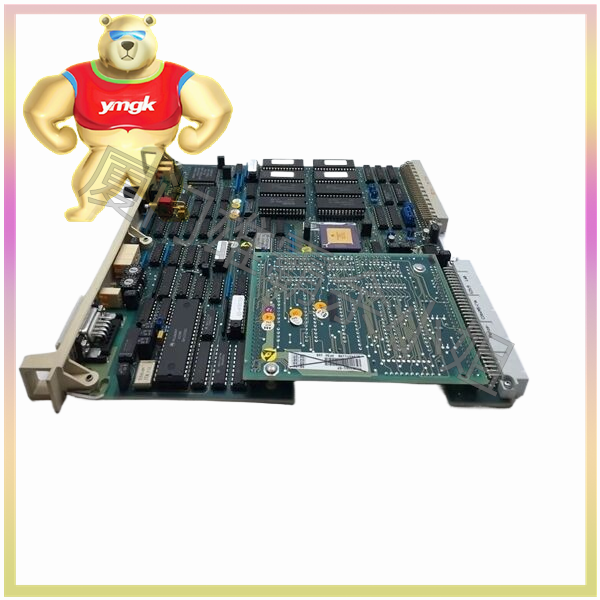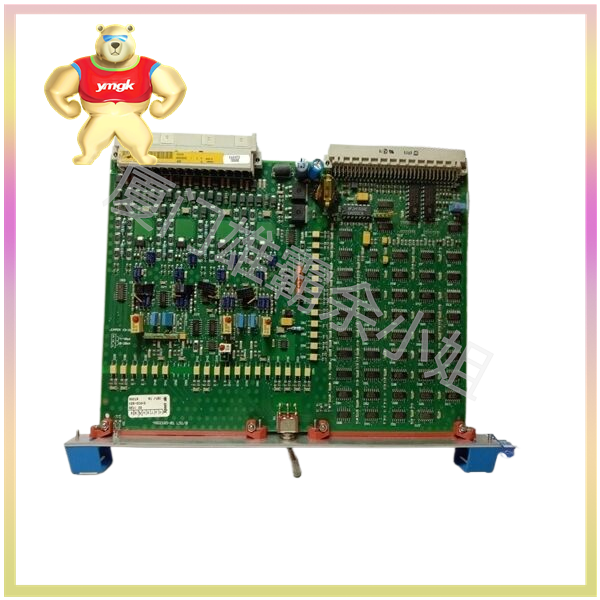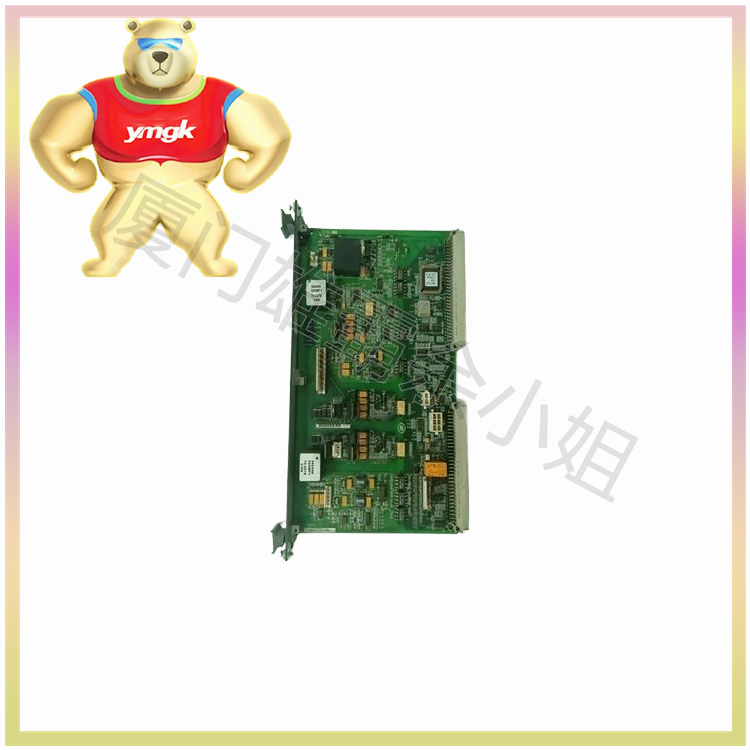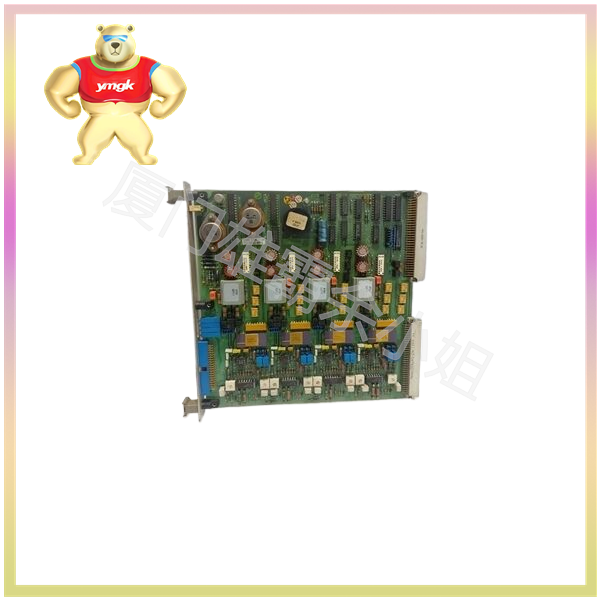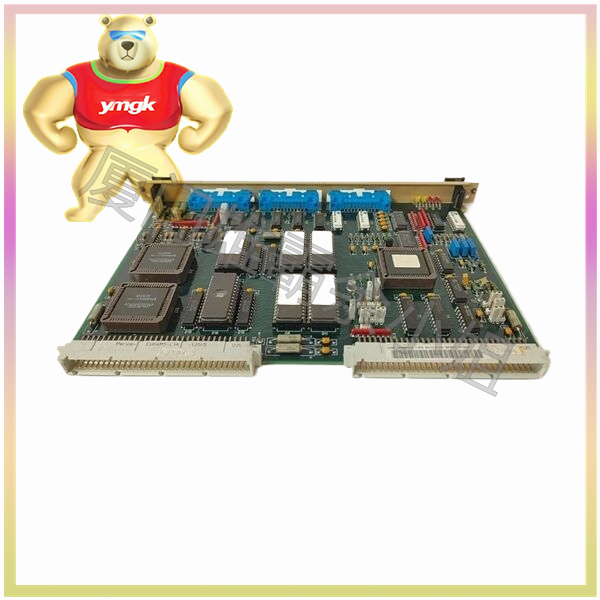The main indicators for measuring the performance of servo control systems include system accuracy, stability, response characteristics, and operating frequency.
System accuracy: refers to the degree of deviation between the system output and the actual input. The accuracy of the servo system is mainly determined by the accuracy of the measuring elements used, therefore high-precision measuring elements must be used. In addition, additional measures such as precision measurement and rough measurement systems or dual channel systems can be taken to improve the accuracy of the system.
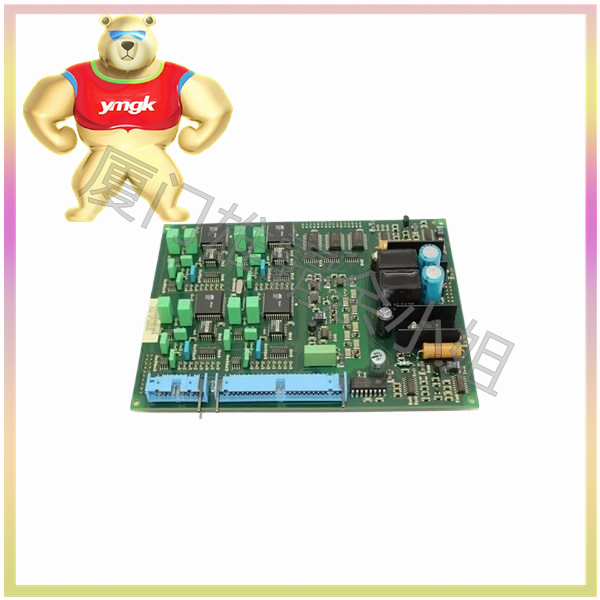
Stability: refers to the ability of a system to maintain stable output when subjected to external disturbances or changes in internal parameters. Stability is one of the important indicators of servo systems, which is of great significance for ensuring the normal operation and long-term stability of the system.
Response characteristics: Refers to the speed and quality of the system’s response to input signals. The response characteristics reflect the dynamic performance of the system, which is particularly important for situations that require fast response and high-precision control.
Operating frequency: refers to the frequency range within which the system can operate normally. The bandwidth of a servo system reflects its tracking speed, and the larger the bandwidth, the better the speed. Therefore, increasing the bandwidth of the servo system is one of the effective ways to increase its operating frequency.
6、 Conclusion
In summary, the working principle of servo control system is based on closed-loop control theory, which achieves precise control of the controlled object through steps such as setting target position, sending control instructions, detecting actual position, comparing and adjusting, and executing control. Meanwhile, servo control systems have the characteristics of high precision, good stability, and fast response, and are widely used in various industrial automation fields. In practical applications, it is necessary to choose and adjust according to specific needs and actual situations to achieve the best control effect.

